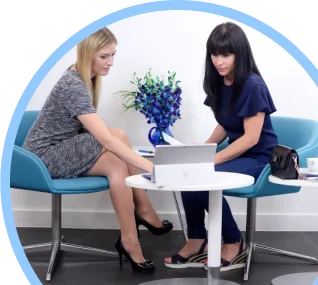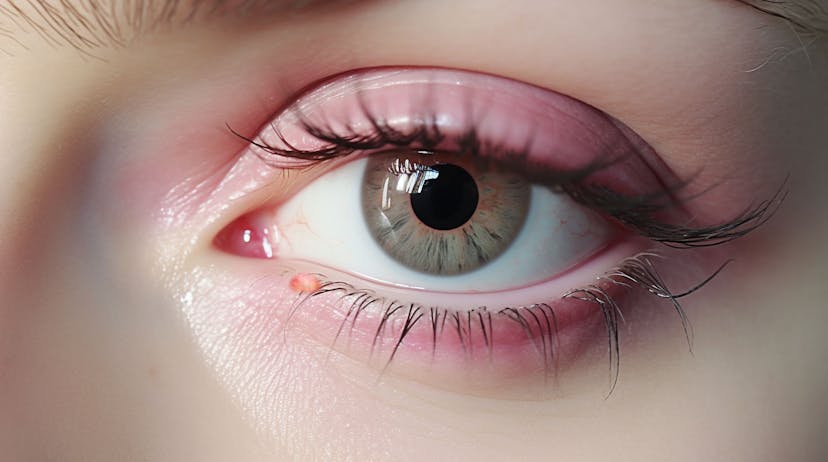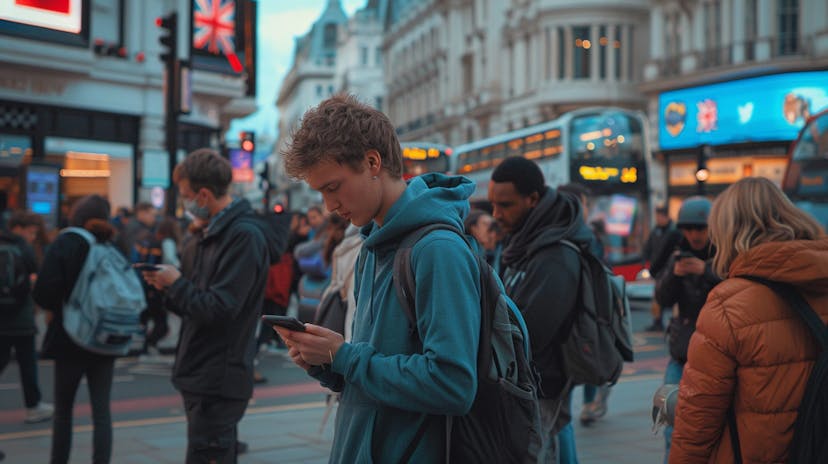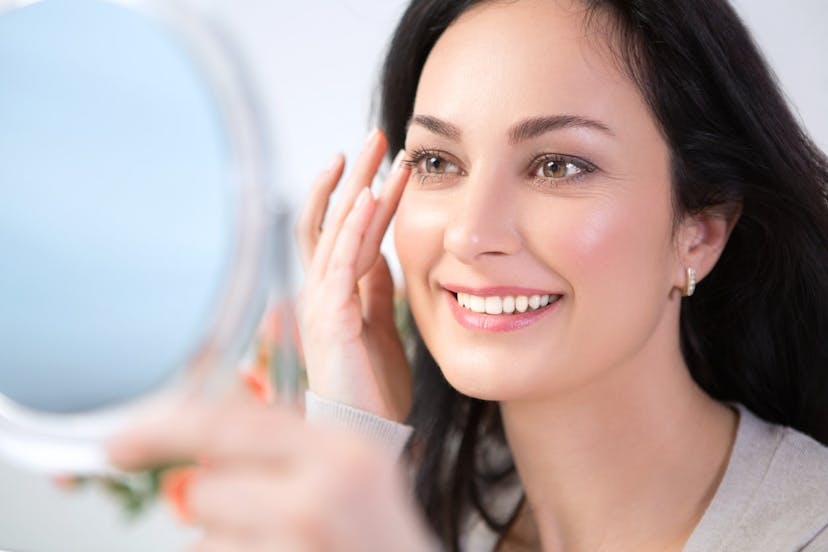
Stubborn Chalazion? Tips to Soothe, Treat, and Heal Effectively
A chalazion is a common eyelid condition that often presents as a small, painless lump caused by a blocked meibomian gland, which produces oils to lubricate the eye. While many chalazions will clear up on their own over time, some can become stubborn, lingering for weeks or even months. This can be frustrating, especially when home treatments don’t seem to provide relief.
The most common cause of a chalazion is a blockage in one of the eyelid's oil glands, often due to inflammation or the accumulation of oils and dead skin cells. When the gland gets clogged, the oil builds up, leading to swelling and the formation of the characteristic bump. Factors like poor eyelid hygiene, skin conditions such as rosacea, or even a previous history of styes can increase the likelihood of developing a chalazion.
For most people, chalazions are relatively mild and may not require medical treatment. However, when they become persistent or especially bothersome, they can lead to discomfort and visual interference, causing many to seek advice on how to treat them effectively. In this article, we’ll explore why some chalazions refuse to go away, as well as practical tips to speed up healing and ease symptoms.
6 Reasons Why Chalazion Stay
There are several reasons why a chalazion may not go away, and they can vary depending on individual factors. Here are some of the key reasons:
- Stubborn Blockage: A thickened or hardened oil buildup within the meibomian gland can prevent the gland from properly draining, causing the chalazion to persist. This can make the lump more resistant to self-healing.
- Chronic Inflammation: If the initial blockage leads to ongoing inflammation or irritation, the body may struggle to resolve the issue. Inflammation can prolong the healing process and make the chalazion more difficult to treat.
- Infection: In some cases, a chalazion can become infected, which leads to more significant swelling and discomfort. An infection can make the chalazion last longer and may require antibiotics or surgical intervention to heal.
- Underlying Conditions: Certain skin conditions, like rosacea or blepharitis, can make chalazions more frequent or persistent. These conditions cause chronic inflammation and affect the eyelids' oil glands, increasing the likelihood of chalazions forming and prolonging healing times.
- Poor Eyelid Hygiene: Inadequate cleaning of the eyelids or failure to remove makeup and oils can cause more blockages. If these blockages aren’t cleared, chalazions are more likely to recur or remain untreated.
- Recurrent Chalazions: Some people are more prone to developing chalazions due to genetic factors or previous occurrences. This may lead to recurring chalazions that take longer to resolve, especially if the underlying cause isn't addressed.
Living with a Chalazion For Too Long
Living with a chalazion for an extended period can lead to a variety of complications, which is why it’s important to address it promptly. A chalazion that lingers for too long may cause discomfort, irritation, and even affect your vision if it grows large enough to press on the cornea. Chronic chalazions may also lead to scarring of the eyelid or the development of additional chalazions if the underlying causes aren’t addressed. In some cases, persistent chalazions may require more invasive treatments, such as drainage or surgery, to prevent them from reoccurring or causing lasting damage to the eyelid.
The following table outlines the potential risks associated with leaving a chalazion untreated for too long and when it’s time to seek medical attention.
| Reason for Persistence | Time Frame for Healing | When to Seek Further Help |
|---|---|---|
| Stubborn Blockage | May take weeks to months for blockage to clear on its own. | If the chalazion does not reduce in size after several weeks, consult a doctor to assess whether surgical drainage or other treatments are needed. |
| Chronic Inflammation | Can lead to extended healing, sometimes lasting months. | If the inflammation continues despite warm compresses and gentle massage, a doctor may recommend anti-inflammatory treatment or prescription medication. |
| Infection | Infected chalazions may worsen or persist for months if left untreated. | If the chalazion becomes red, painful, or filled with pus, seek medical attention immediately for possible antibiotics or drainage. |
| Underlying Conditions (e.g., Rosacea, Blepharitis) | Recurring chalazions may develop over several months or years. | If you have frequent chalazions or are diagnosed with an underlying condition, seek a comprehensive eye exam to manage both issues effectively. |
| Poor Eyelid Hygiene | Continual blockages may result in frequent chalazions. | If the chalazion persists due to poor hygiene, work with your doctor on a daily eyelid care regimen or other preventive treatments. |
| Recurrent Chalazions | May develop again within weeks or months if not treated properly. | If chalazions become a frequent issue over the course of a year, schedule a follow-up consultation to discuss treatment options, including possible surgical removal or laser therapy. |
Ways To Treat Chalazion At Home
1. Warm Compress
A warm compress is one of the most effective home treatments for a chalazion. Soak a clean cloth in warm (not hot) water, wring it out, and apply it to the affected eyelid for 10-15 minutes. This can help soften the hardened oil inside the blocked gland and may promote drainage. For the best results, repeat this 2-3 times a day.
2. Gentle Massage
After applying a warm compress, gently massaging the chalazion with clean fingers can help to encourage drainage. Use gentle pressure in a circular motion around the lump, but avoid pressing too hard, as this may worsen irritation.
3. Keep the Area Clean
It’s essential to maintain good hygiene around the affected eye. Gently clean the eyelid with a mild, non-irritating cleanser or baby shampoo diluted with water. This will help prevent further infection and promote healing.
4. Avoid Squeezing
As tempting as it may be, never squeeze a chalazion. Squeezing can introduce bacteria and worsen the condition, potentially leading to an infection. Let the chalazion heal naturally or consult a professional if necessary.

5. Use Over-the-Counter Treatments
For mild irritation and swelling, over-the-counter treatments like lid scrubs or antibiotic ointments may provide relief. These can help reduce inflammation and prevent infection, but always consult with a healthcare provider before using them to ensure they are appropriate for your condition.
6. Avoid Makeup
Avoid applying makeup or eye cosmetics around the affected area until the chalazion heals. Makeup can irritate the chalazion and introduce bacteria, making the condition worse.
7. Anti-Inflammatory Medications
In cases where the chalazion is particularly painful or swollen, over-the-counter anti-inflammatory medications like ibuprofen or acetaminophen can help reduce discomfort. However, always follow the recommended dosage and consult with your healthcare provider if you're unsure.
By following these simple yet effective steps, many people can manage and reduce a chalazion from home. However, if symptoms persist for more than a few weeks or worsen despite treatment, it’s important to consult a medical professional to avoid complications.
What Does a Chalazion Look Like?

Professional Treatment Today
If you’re dealing with a persistent chalazion and would like expert advice or treatment, the next step is to reach out to My-iClinic in North London. The clinic offers comprehensive eye care services. You can schedule a consultation by contacting the clinic directly through their website or by calling their dedicated customer service line. During your visit, a qualified ophthalmologist will evaluate your condition, discuss possible treatment options, and guide you on how to prevent further occurrences. Don’t let a stubborn chalazion interfere with your well-being—take the first step towards recovery today by contacting My-iClinic!
My-iClinic On The FAQ's
1. Can men and women get chalazions?
Yes, both men and women can develop chalazions. They are not gender-specific and can affect individuals of all ages. However, certain lifestyle factors, such as poor hygiene or skin conditions like blepharitis, may increase the likelihood of developing a chalazion.
2. How do chalazions feel in the eye?
Chalazions are typically painless, although they can cause mild discomfort. You may feel a small bump or lump on your eyelid, and it can sometimes lead to swelling or irritation around the eye. If the chalazion becomes infected, it may cause pain or throbbing.
3. Can chalazions look different from person to person?
Yes, chalazions can vary in size and appearance. They can range from a small, barely noticeable bump to a larger, swollen area. In some cases, a chalazion may cause the eyelid to become red or inflamed, while in others, it may be more subtle.
4. Are chalazions linked to bacterial infections?
Chalazions are not typically caused by bacterial infections, but they can become infected if bacteria enter the blocked oil gland. A chalazion forms when an oil gland in the eyelid becomes blocked, leading to a lump. If left untreated, the blockage can become infected, which can cause pain and additional swelling.
5. What happens if you pop a chalazion yourself?
Popping a chalazion is strongly discouraged. Doing so can introduce bacteria into the area, causing an infection that can worsen the condition and lead to complications, such as an abscess. It’s best to allow the chalazion to heal naturally or seek professional treatment.
6. Can children get chalazions?
Yes, children can develop chalazions, although they are less common in younger individuals. When children do get them, they are often linked to conditions like blepharitis or poor hygiene. Parents should monitor their child’s eye health and consult a healthcare professional if symptoms persist.
7. Are chalazions related to poor hygiene?
While chalazions themselves are not directly caused by poor hygiene, factors like not cleaning the eyelid properly can contribute to the development of a chalazion. Oil, dirt, and bacteria can block the oil glands in the eyelids, leading to a chalazion.
8. Can a chalazion go away on its own?
In many cases, chalazions will resolve on their own with warm compresses and proper care. If the chalazion does not shrink or continues to cause problems, it may require medical intervention, such as draining by a healthcare provider or corticosteroid injections.
9. Is there a way to prevent chalazions?
While it may not always be possible to prevent a chalazion, maintaining good eyelid hygiene, especially if you have conditions like blepharitis or rosacea, can reduce the risk. Regularly cleaning the eyelids with a gentle, non-irritating cleanser and avoiding touching the eyes with dirty hands can help prevent blockages in the oil glands.
10. Are chalazions related to other health conditions?
Certain health conditions, like rosacea or seborrheic dermatitis, can increase the likelihood of developing chalazions. Additionally, people with conditions that affect the skin's oil production may be more prone to developing them. If you have ongoing issues with chalazions, discussing your symptoms with a healthcare provider can help identify underlying causes.
Find out more by Speaking to our team









